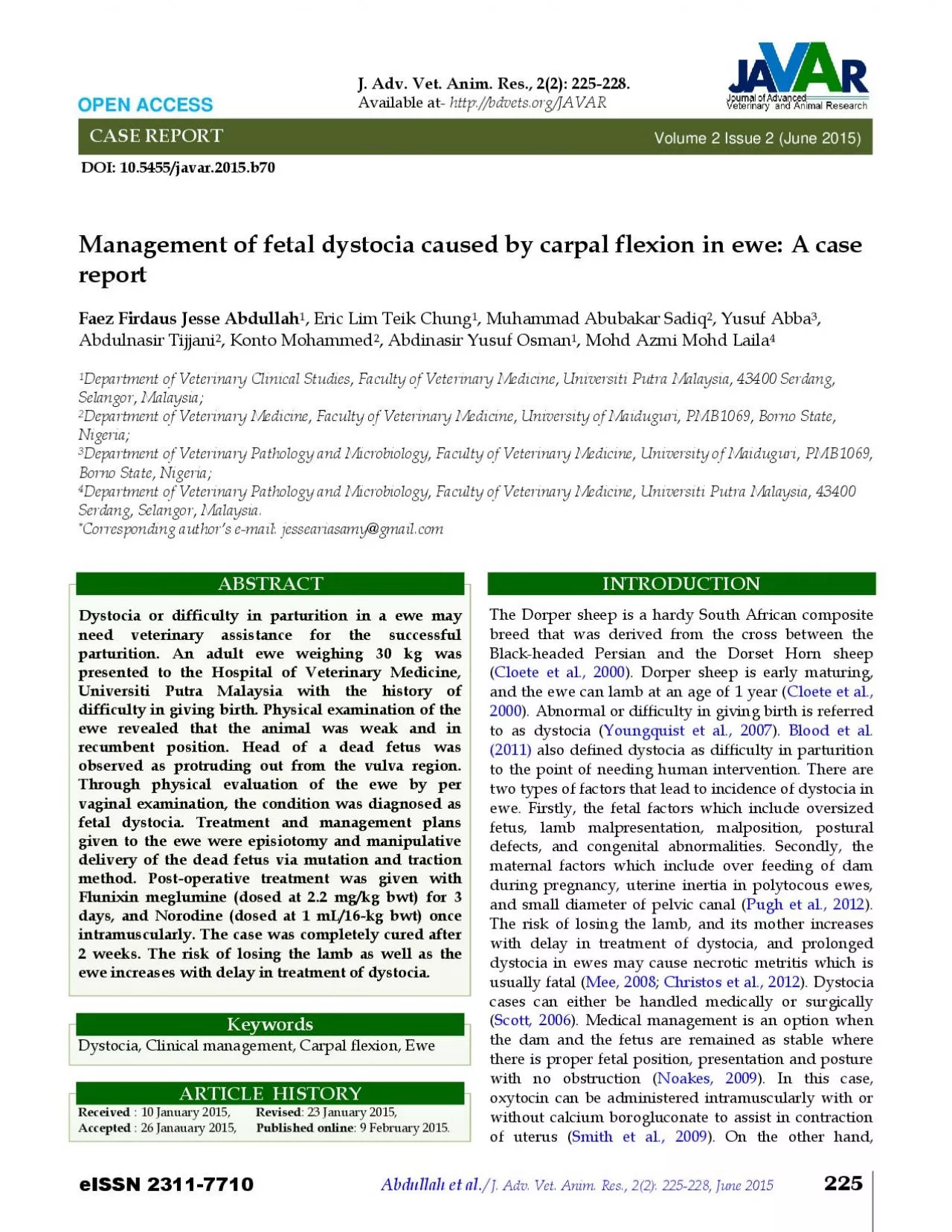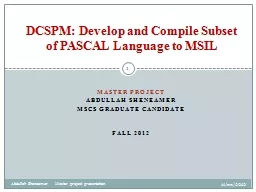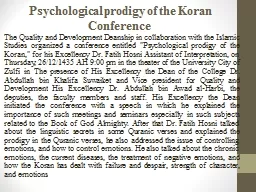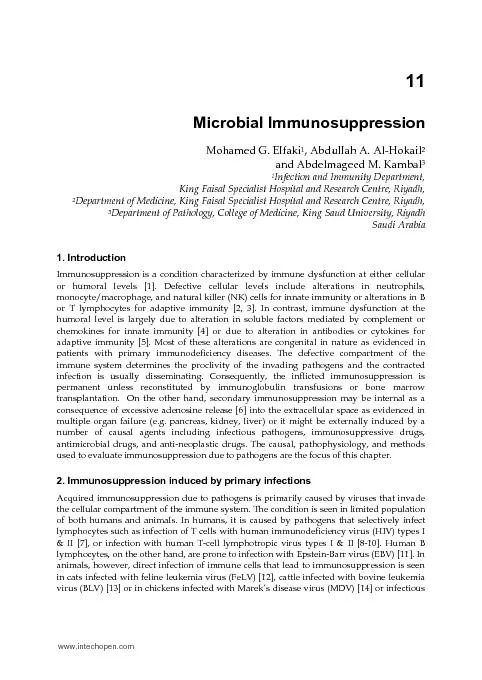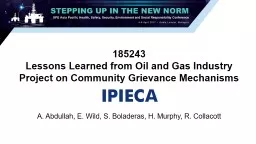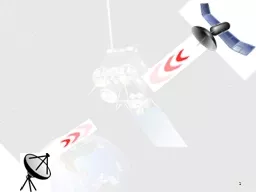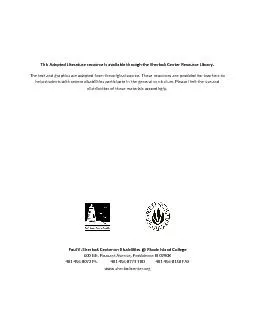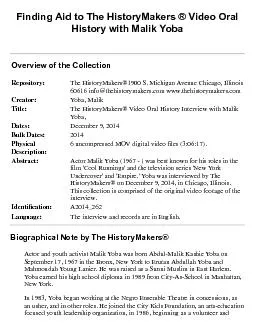PDF-Abdullah et al
Author : jade | Published Date : 2022-09-07
J Adv Vet Anim Res 2 2 225 228 June 201 5 225 Management of fetal dystocia caused by carpal flexion in ewe A case report Faez Firdaus Jesse Abdullah 1 Eric
Presentation Embed Code
Download Presentation
Download Presentation The PPT/PDF document "Abdullah et al" is the property of its rightful owner. Permission is granted to download and print the materials on this website for personal, non-commercial use only, and to display it on your personal computer provided you do not modify the materials and that you retain all copyright notices contained in the materials. By downloading content from our website, you accept the terms of this agreement.
Abdullah et al: Transcript
Download Rules Of Document
"Abdullah et al"The content belongs to its owner. You may download and print it for personal use, without modification, and keep all copyright notices. By downloading, you agree to these terms.
Related Documents

